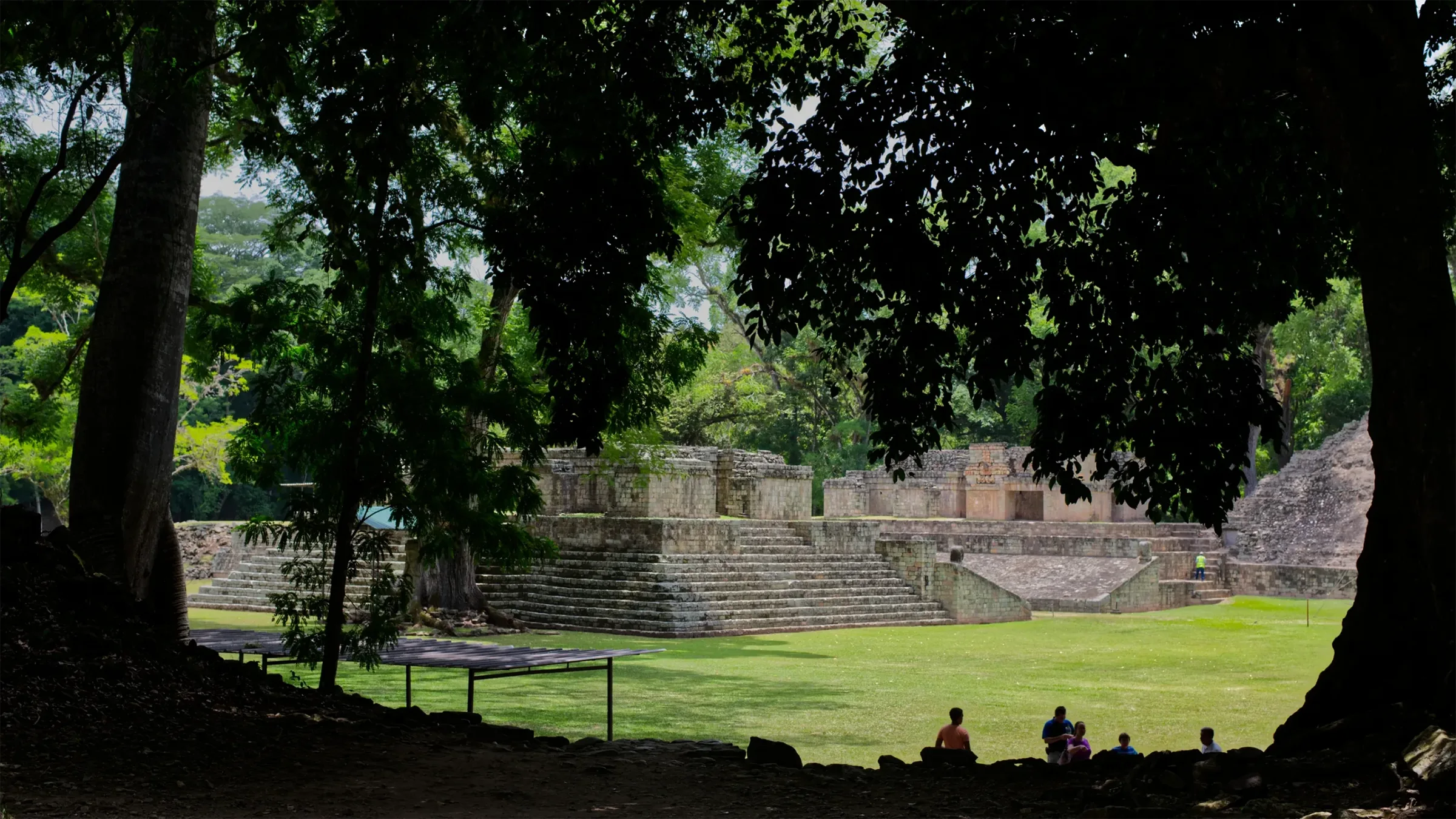Municipality of Copan Ruinas

Copán Ruinas is a municipality in the department of Copán in Honduras. It is renowned for being the main center of the ancient Maya culture in the country.
The founding of the locality is linked to the archaeological site of Copán Ruinas, where a neighboring village was established, which has now become a municipality.
The municipality of Copán Ruinas was created on January 1, 1893, during the presidential administration of General Ponciano Leiva, with Mr. Indalecio Maria Guerra Portela serving as its first mayor.
By 1887, it was listed as a village within the jurisdiction of Santa Rita. Through Legislative Decree Number 56, dated February 21, 1942, and at the request of its mayor, Mr. Juan Ramón Cueva Villamil, the title of City was granted to Copán Ruinas.

Location
It borders the northwest with the Republic of Guatemala, the south with the department of Ocotepeque, the east with the municipalities of Santa Rita and Cabañas, and the northeast with the municipality of El Paraíso.
The population of this municipality in 2015 was 39,485 inhabitants, mostly distributed in rural areas, spread across 62 villages and 43 hamlets.
Socioeconomic Development
At first glance, Copán Ruinas may seem like one of the most developed municipalities in the country, as it is home to Honduras’ most popular archaeological site.
However, the reality of the communities within the municipality is very different from what the city of Copán Ruinas (the administrative and political center of the municipality) appears to be. The majority of the population relies on subsistence agriculture or the harvesting of corn, coffee, and beans.
Human Development Index
The Human Development Index (HDI) of the United Nations Development Programme for the year 2003, corresponding to Copán Ruinas, is 0.503. This places the municipality in the 244th position within the country. The illiteracy rate is 60.8%, and malnutrition stands at 55.1%.
Overall, the human development indicators of the municipality demonstrate its high level of poverty. The marginalization of these communities has resulted in a permanent situation of malnutrition, high incidence of respiratory and gastrointestinal diseases, Chagas disease, etc., and consequently premature death, especially among children.

Fuerte General José Trinidad Cabañas
Fuerte Cabañas is a military construction built in 1940 and named in honor of General José Trinidad Cabañas. It was built for the Honduran armies stationed in Copán Ruinas to safeguard the country’s western borders during the administration of Dr. and General Tiburcio Carias Andino.
The restoration project of Fuerte Cabañas was carried out by the Copán Valley Project at an estimated cost of 8 million lempiras, preserving the original white-painted walls, its front part, flanking turrets, and roofing.
Since 2002, this building has housed the Interactive Learning Museum Casa K’inich, which means ‘House of the Sun’. Inside, it provides information about Maya culture and society, their language and dialectal pronunciations, explanations of the Maya calendar and numeral system, all managed by the Copán Association.
In the municipality of Copán Ruinas, you can appreciate its cobblestone streets, post-colonial houses, Mayan archaeological museums, hotels, lodgings, call centers, pottery craft stores, jade, stone, looms, etc.


